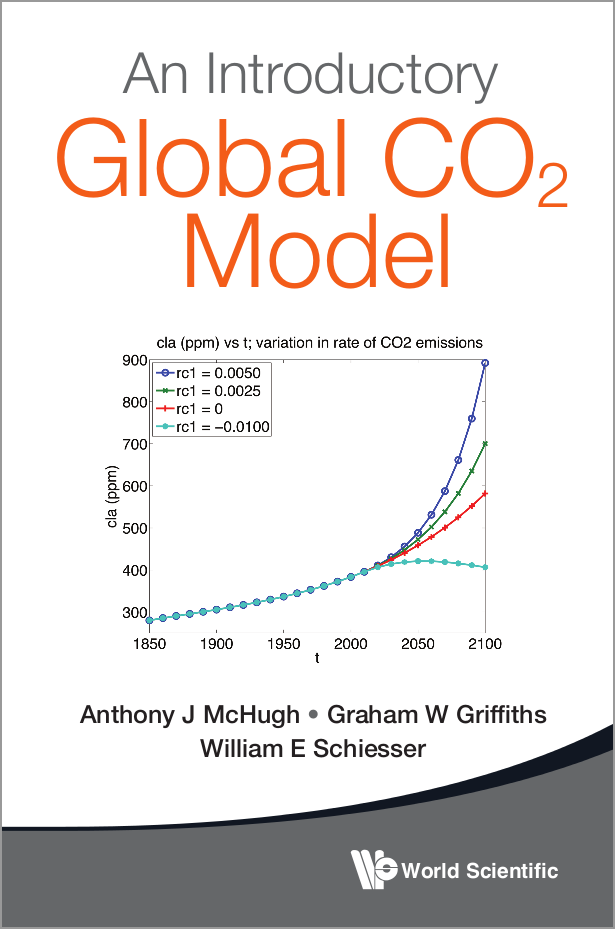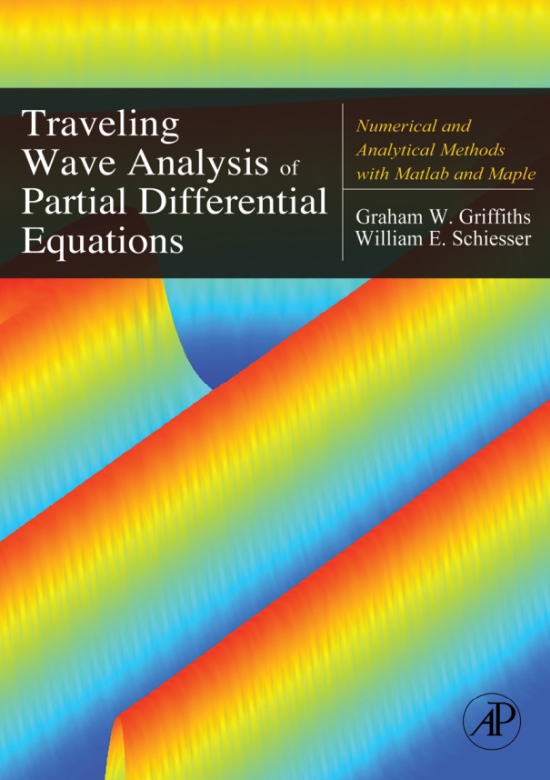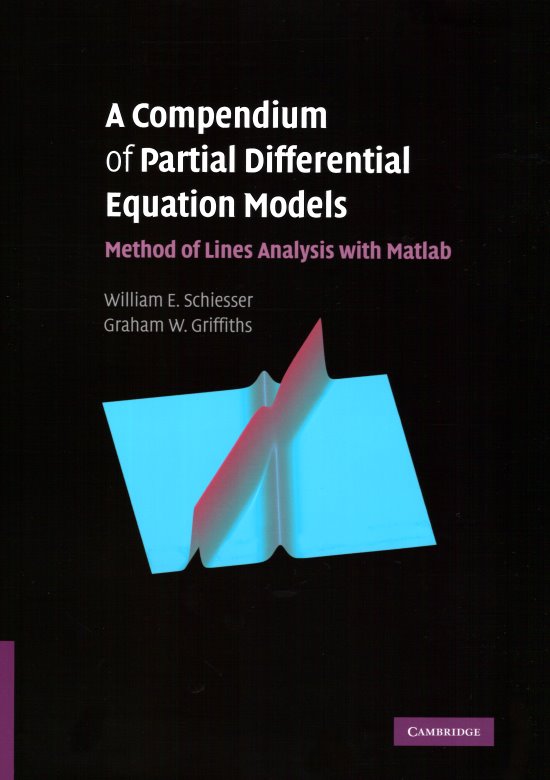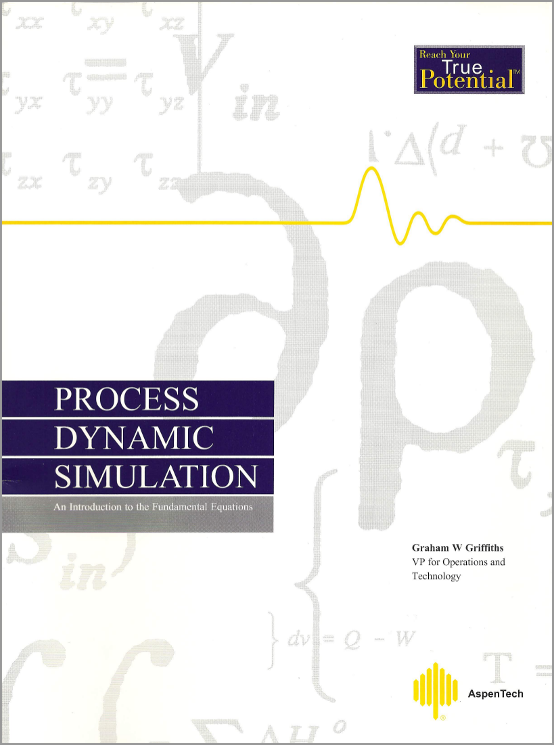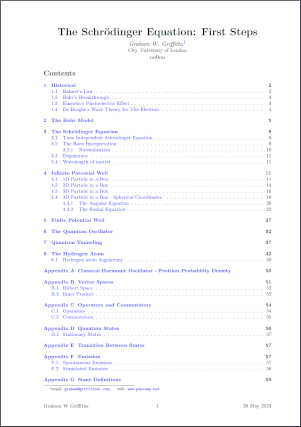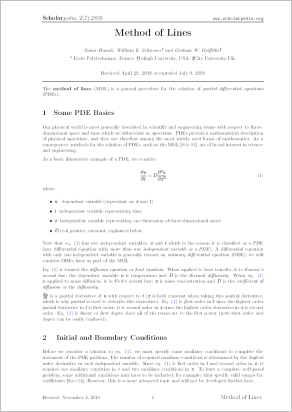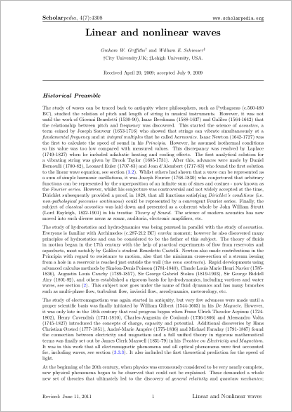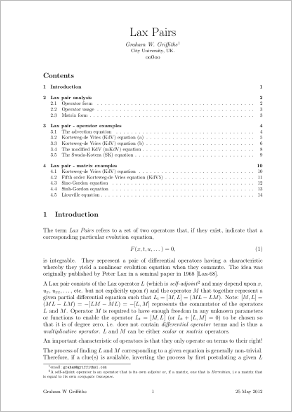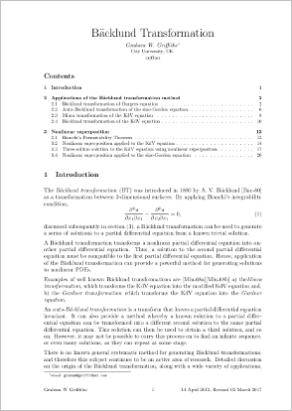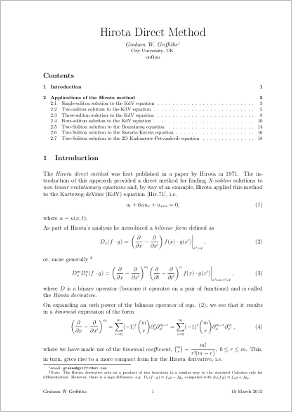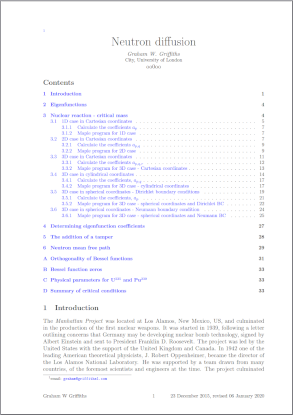 More ...
More ...
Some publications by Graham W Griffiths 11854
Analysis of ODEs and PDEs using
Matlab, Maple, R & python
Click on images for more information.
Some Additional ODE/PDE Resources for Download.
More at: ResearchGate and Google Scholar
 Tsunami 2004 simulation - Off the coast of Sumatra
video
Tsunami 2004 simulation - Off the coast of Sumatra
video
This is a simulation of the Indian Ocean tsunami that occurred on
26th December 2004 resulting from a magnitude 9.3 earthquake off the west coast of
Sumatra. The tsunami travels at great speed and reaches Sri Lanka in
just under two hours.
The simulation was performed in 2D, using a 5th Order WENO scheme to solve the
shallow water equations, and covers approximately the area on the globe between points:
Lat: 27N - Lon: 72E
Lat: 5S - Lon: 104E
The spatial domain (approx. 3500x3500 km) was divided into 250000 rectangular cells. The model was based on land topographic and sea bathymetric data obtained from the NDGC. The tsunami travels at great speed and reaches Sri Lanka in approx just under two hours. Wave speeds were calculated for each cell based on the appropriate celerity relationship at each point in the spatial domain. Coriolis effects were also included. The non-circular wave-fronts are clearly visible, which indicates curved rays. The earthquake was due to a 1200km long subduction rupture zone at around 5100m depth in the deepest part of the Java Trench. The subduction consisted of four segments, of lengths 220km, 410km, 300km and 350km respectively. The segments were modelled using physical data as reported by Watts, et al, WAVES, 2005.
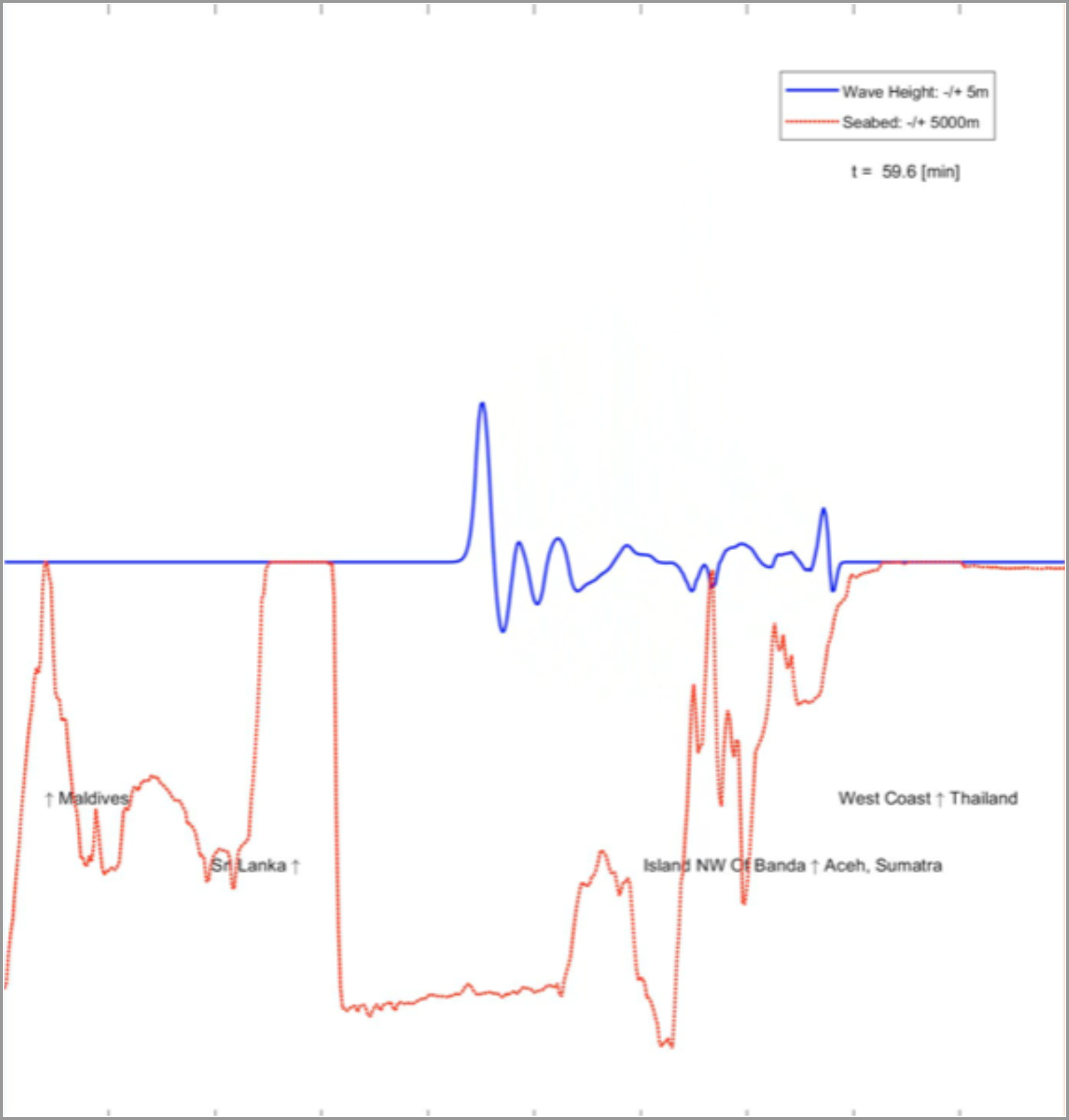 Tsunami 2004 profile simulation - Off the coast of Sumatra
video
Tsunami 2004 profile simulation - Off the coast of Sumatra
video
This is a simulation of the Indian Ocean tsunami that occurred on 26th December 2004 resulting from a magnitude 9.3 earthquake off the west coast of Sumatra. The tsunami travels at great speed and reaches Sri Lanka in just under two hours.
 Tsunami Renewal Fund Documentary - To Sandy from Sri Lanka
video
Tsunami Renewal Fund Documentary - To Sandy from Sri Lanka
video
This documentary was uploaded on the tenth anniversary of the
2004 Boxing Day disaster as a reminder of the immense suffering that took place on
that fateful day. The Boxing Day Tsunami of 2004 was a singular event among disasters
and philanthropy. It reached us and connected us like no other.
It ranks among the top five deadliest natural disasters in the last hundred years and
is exceptional for taking 230,000 lives from 14 countries. The toll reached beyond
Asian and even African coastlines into the United States and Europe; Sweden and Germany
each lost more than 500 people on vacation.
The worst of the tragedy hit two isolated regions struggling with both civil conflict
and poverty, places vulnerable to disaster and already in need of aid. In Aceh alone,
160,000 lives were lost and 2 million displaced, at a time of martial law and conflict
with the Free Aceh Movement. Sri Lanka's death toll was more than 40,000, taking Sinhalese
and Tamil alike. Severe damage was also caused in Thailand and India, and as far away as Somalia.
The simulation extracts used in this video were taken from my "Tsunami 2004 simulation" -
shown on the left.
This documentary was created by Mike Rae and his team as a philanthropic exercise to help
generate financial and other support for the survivors of the 2004 Boxing Day tsunami disaster.
More information can be found at: TsunamiPlus10.org
